|
Fri, 2023-03-24The postdoc science day was held on Wednesday, Mar. 22. This annual event provides an opportunity for postdocs to communicate their research interests, recent advances, and future plans, while also promoting discussions and potential collaborations among postdocs in different research fields.
|
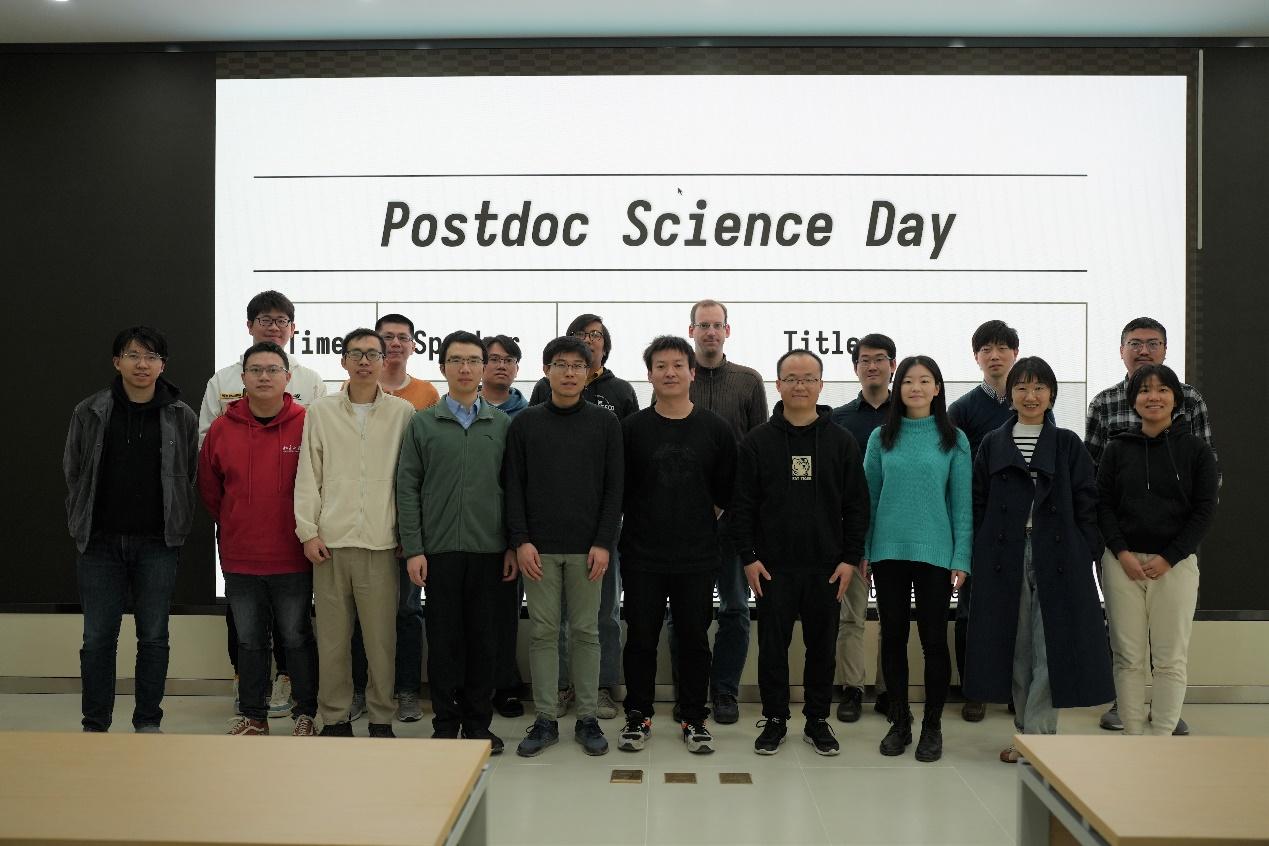 |
|
Thu, 2023-02-23An international research group including Professor Fukun Liu at The Department of Astronomy and The Kavli Institute for Astronomy and Astrophysics of Peking University in Beijing, China, presents important new results on the active galaxy OJ 287, based on the most dense and longest radio-to-high-energy observations to date. The scientists were able to test crucial binary model predictions using multiple observing tools, including the Effelsberg radio telescope and the Neil Gehrels Swift Observatory. The team measured an independent mass of the black hole mass and the mass in the disk that surrounds the black hole.
The results show that an exceptionally massive black hole exceeding 10 billion solar masses is no longer needed. Instead, the results favor models with a smaller mass of 100 million solar masses for the primary black hole, consistent with the results obtained about twenty year ago by Fukun Liu and Xue-Bing Wu, also at Peking University. Several outstanding mysteries, including the apparent absence of the latest big outburst of OJ 287 (which has now been identified) and the much-discussed emission mechanism during the main outbursts, can be solved this way. Independent results on blazar physics that trace processes near the jet launching region were obtained.
The findings are presented in two papers published in MNRAS Letters and the Astrophysical Journal.
|
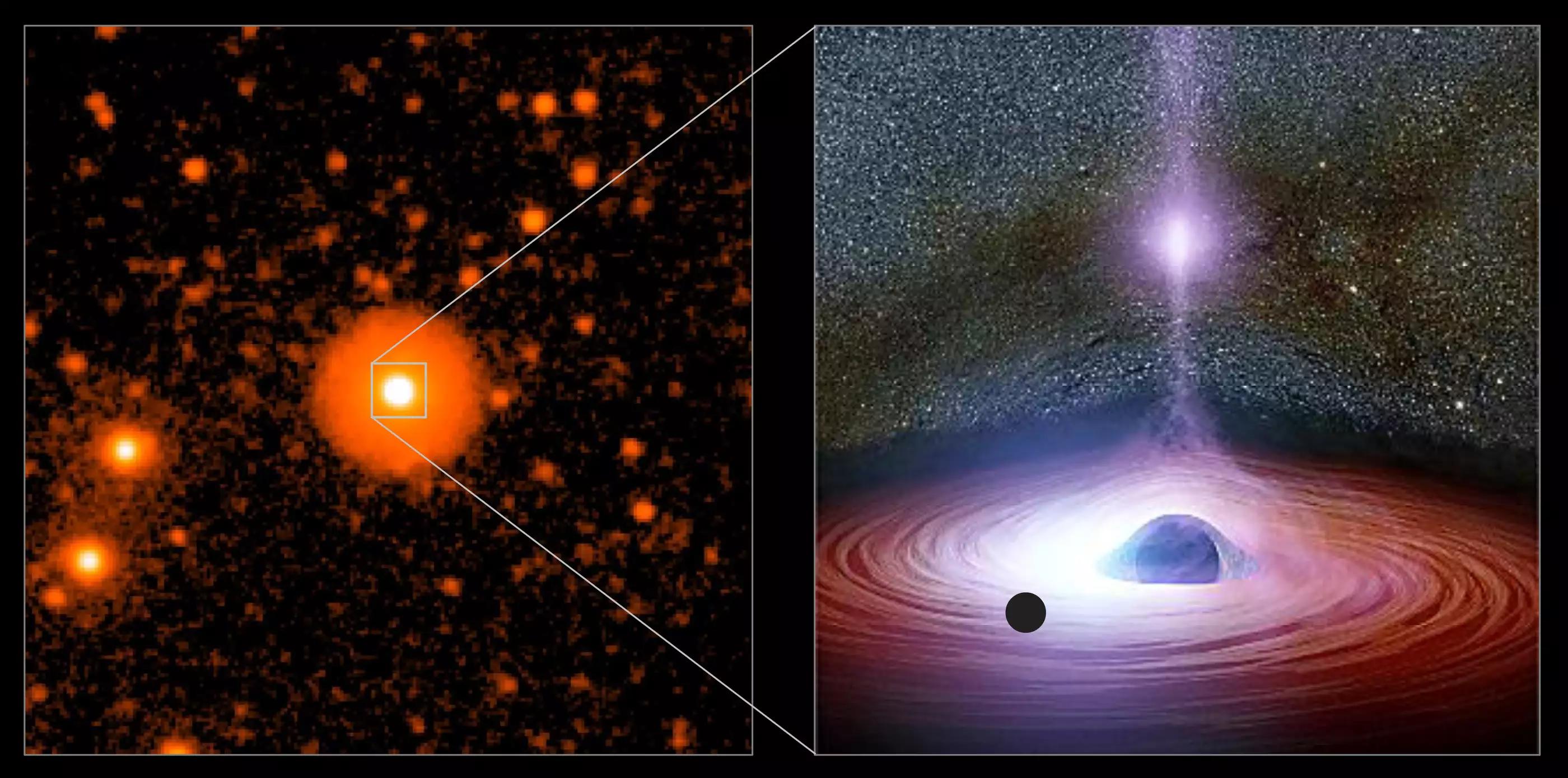 |
|
Mon, 2023-02-20Dr. Jiang obtained his PhD from Yale University in 2016. He was a Troesh Scholar at California Institute of Technology and a Joint Theory Fellow at the Carnegie Observatories from 2020 to 2023, and an Israeli Planning-and-Budget-Committee Fellow at the Hebrew University of Jerusalem from 2016 to 2019.
|
 |
|
Mon, 2023-01-09Peking University PhD student Zhuokai Liu won the inaugural Vision of Science contest, awarded by the Kavli Foundation to five images from researchers at the 20 Kavli Institutes.
|
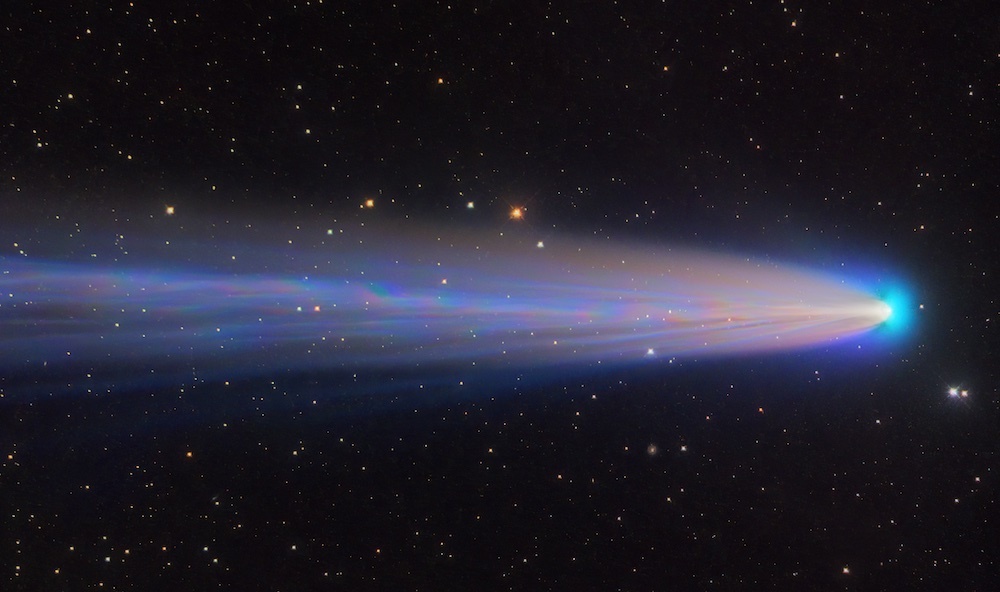 |
|
Tue, 2022-12-13Recently, Peking University PhD student Jinping Zhu, advised by Prof. Zhuo Li, showed that a peculiar class of long-lasting gamma-ray bursts, like GRB 211211, which lack bright supernova counterparts but are associated with candidate kilonova, can indeed originate from black hole-neutron star mergers. Most long-duration gamma-ray bursts (duration longer than about 2 seconds) are typically thought to be derived from core collapses of massive stars, which produce also bright supernovae.
|
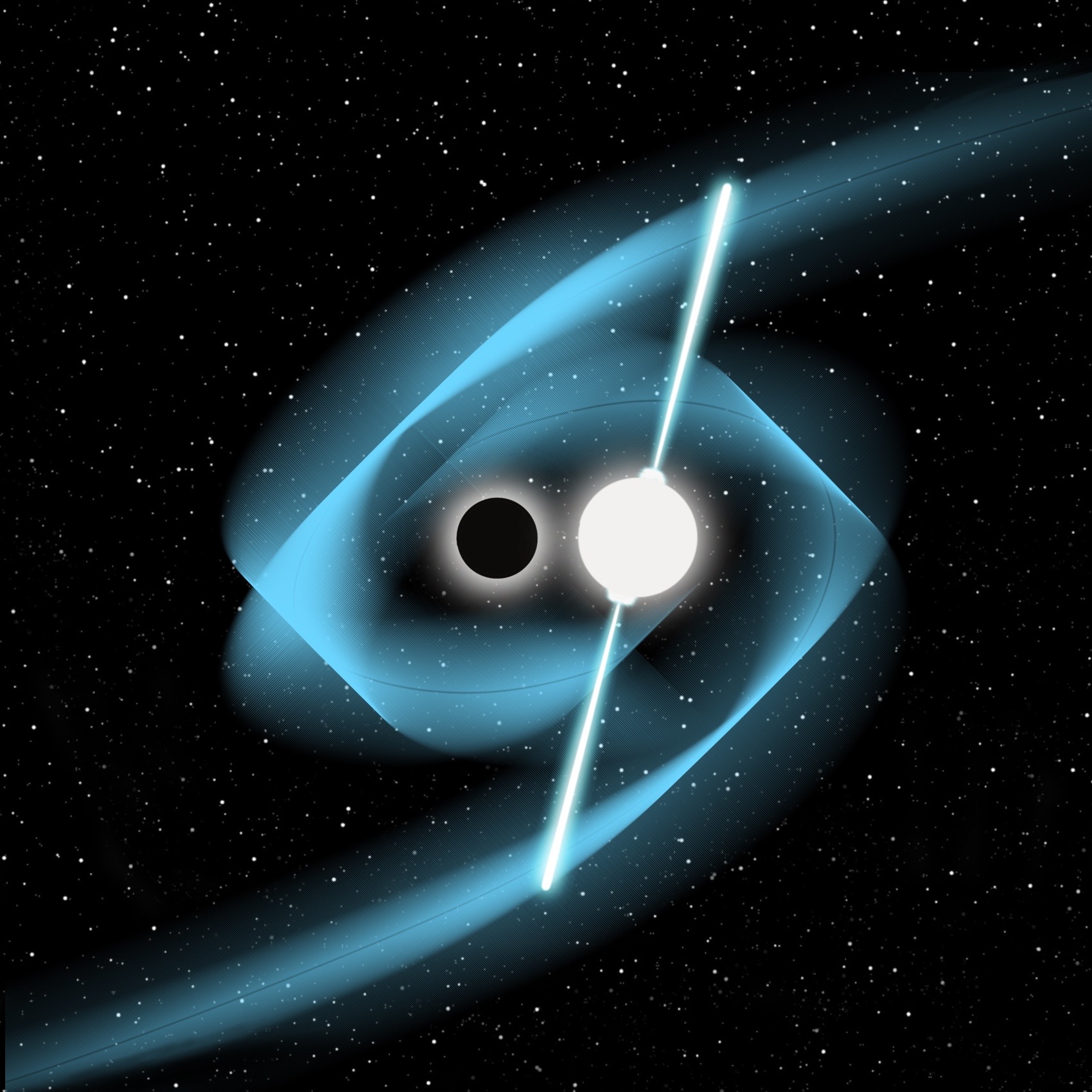 |
|
Mon, 2022-10-31This fellowship is awarded to Prof. Shao for his contributions in proposing new tests of gravity theories, leading to significant advances in our understanding of the fundamental physical laws.
|
 |
|
Thu, 2022-09-22Using a simple gravity model that breaks Lorentz symmetry in the Standard-Model Extension framework, Rui Xu, Yong Gao, and Lijing Shao from KIAA, found an imprint that deviates from the prediction of general relativity (GR) in the continuous GWs from freely precessing, rapidly rotating neutron stars.
|
 |
|
Thu, 2022-09-22In a Nature paper published on 21 September 2022, the FAST FRB team reported using FAST to monitor FRB 20201124A for about 2 months. They analyzed 1,863 bursts of FRB 20201124A detected by FAST in totally 84-hour observations obtained across 54 days, which is the largest sample of bursts recorded with polarization information so far. The high event rate makes FRB 20201124A among the most active known FRBs. They discovered several phenomena never detected before, the irregular short-time variation of the Faraday rotation measure, which probes the line-of-sight magnetic field strength, of individual bursts during the first 36 days, followed by a constant value; they witnessed the quenching of the burst activity on a timescale shorter than three days; they detected prominent circular polarization in these bursts (up to 75%); they detected ooscillations in fractional linear and circular polarizations as well as polarization angle as a function of wavelength.
|
 |
|
Thu, 2022-09-15On September 15, the winners of the 2022 "XPLORER PRIZE" are announced. Kejia Lee, an Associate Professor at Department of Astronomy and Kavli Institute for Astronomy and Astrophysics at Peking University is listed among the 50 awardees this year.
|
 |
|
Mon, 2022-08-08An international research team led by astronomers from Peking University has identified 204 quasars behind the Galactic plane, 191 of which are new discoveries, using five optical telescopes in China, USA, and Australia. The new research, recently published in the Astrophysical Journal Supplement Series (ApJS), marks the successful lift-off of the spectroscopic observation campaign, after releasing the candidate catalog of quasars behind the Galactic plane with more than 160,000 sources previously selected by this team.
|
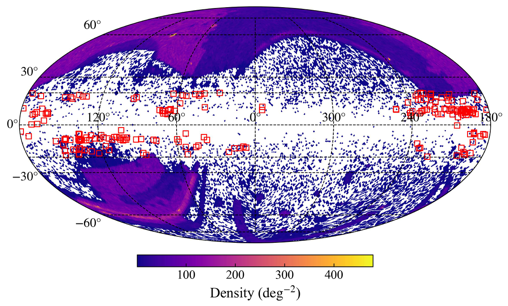 |










